It came as quite a shock to the gardening community when in 2016 Helen Dillon announced she was leaving her wonderful garden of more than 40 years. Created with her husband, Val, at Sandford Road in Dublin, Ireland, that garden was as much a feast for the mind as for the eyes. Helen grew botanical treasures, such as glittering silver celmisias and the lovely woodland orchid Cypripedium reginae, with enviable ease. Good heritage varieties certainly earned their keep as well. Notable examples, such as the blistering-red Dahlia ‘Murdoch’ and a superb specimen of Kniphofia northiae with whirlpools of glaucous-green,aloe-like leaves could be found alongside calmer foliage, the perfect complement. There was something to appeal to everyone. Among the main focal points of the garden were the sumptuous, colour-themed borders. The extraordinary red and blue beds gleamed at each other from across a long, formal pool. So why leave this internationally acclaimed masterpiece, and what would be next?
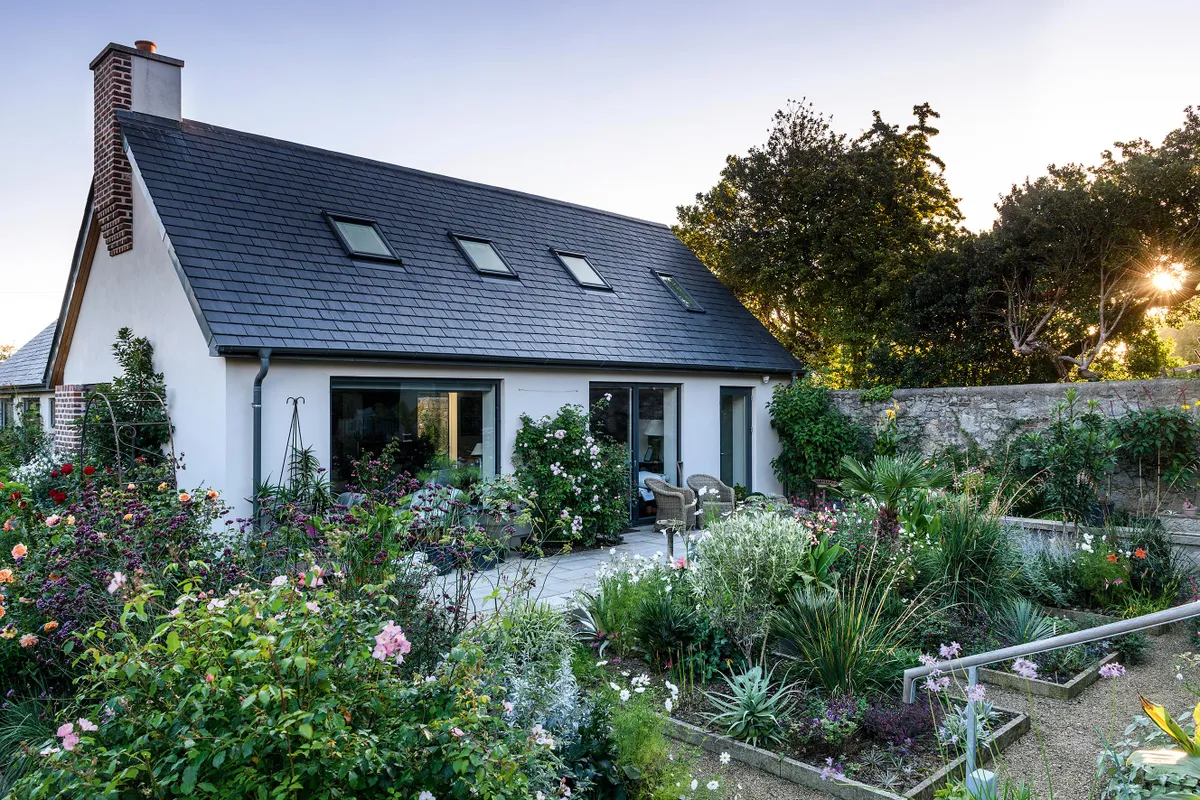
IN BRIEF
What The Dillon Garden, created by Irish gardener and television presenter Helen Dillon, containing many tender plants that thrive outside in the mild, seaside microclimate. Where Monkstown, Co Dublin. Size 810 square metres. Soil Rich, acid loam imported from fields in Co Dublin. Climate Coastal climate that is relatively frost-free with plenty of bright sunshine. Tall walls and neighbouring trees protect the garden from the worst gales. Hardiness zone USDA 9.
“I’ve been gardening forever!” Helen exclaims. She speaks quickly and precisely, not wasting words. She speaks like she gardens – with an energy and enthusiasm that is compelling. “I just woke up one morning and thought, ‘We need to move!’ I adored Sandford Road – but we had done and tried everything. We were there for so long, and there just wasn’t a place to make anything new. All I was doing was looking after things, not creating them.” Initially, Val was apprehensive, but he soon agreed. The seed was sown, and eventually they found a property in Monkstown, a couple of hundred metres from the coast. The property, named Dun Mhuire, was a gardener’s dream and it was soon agreed that it would become their new home.
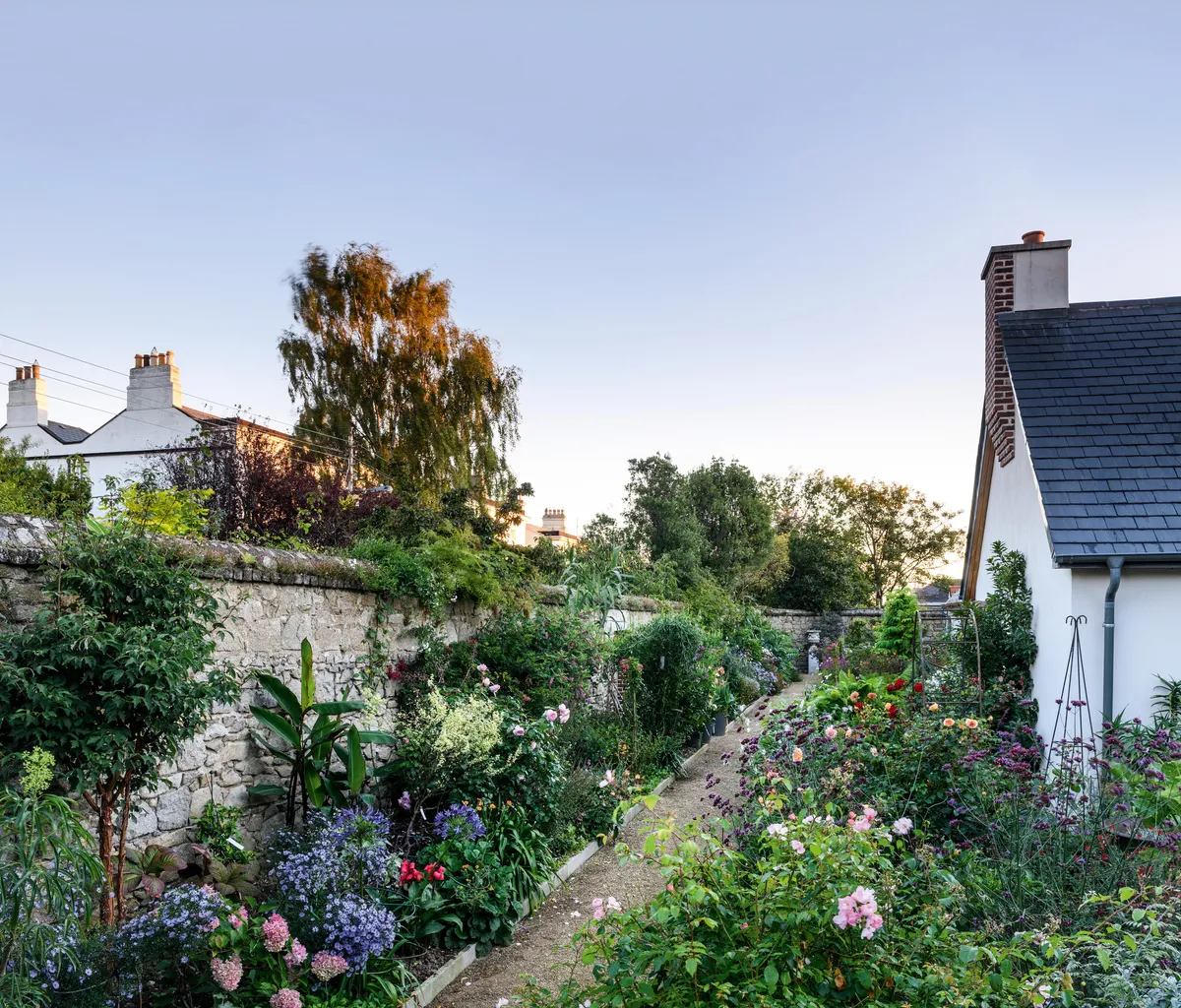
You may also like
Dun Mhuire, surrounded by a tall, 19th-century wall made from a jigsaw of buff-grey granite, offers shelter and a mild climate. The house, a bungalow, is unreservedly modernised compared with the couple’s previous home and the garden itself promised an equally comprehensive renaissance. Large, glass doors open invitingly on to the garden, and linear paths with modern steps carve the garden into beds and borders. The paths are lined with buff gravel that helps to bind the new design to the old walls. The soil throughout the garden was removed to a depth of 45cm and replaced with rich loam, “so it was an empty space to start with”, Helen explains. When it came to the planting (or “time to play”, as Helen calls it), the blank canvas gave her huge scope. “I spent my entire time creating red and blue borders in the previous garden; now I spend my time making gorgeous mixtures.”
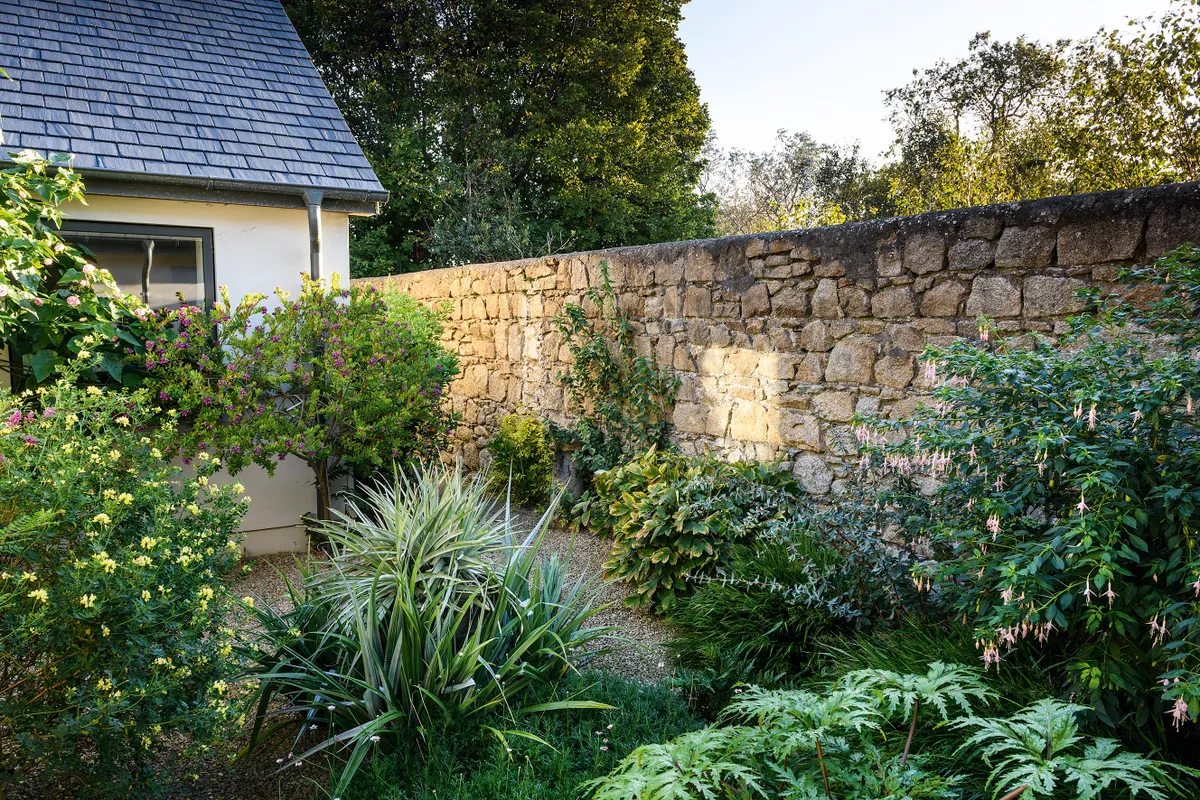
Over the past five years, the garden has found its feet quite quickly, and with Helen revelling in her new-found freedom, the beds and borders are now overflowing. The walls that shield the garden are a wonderful canvas against which to ‘paint’ plants, and are festooned with climbing roses, cestrums, fuchsias and solanums. At their feet, Helen cultivates a range of plants, many of which would be far too tender if grown in a less sheltered location. Sonchus fruticosus (“by no means beautiful, but rather extraordinary”, as Helen describes it) is rather like an excited dandelion on steroids, reaching over 1.8m in height and spread.
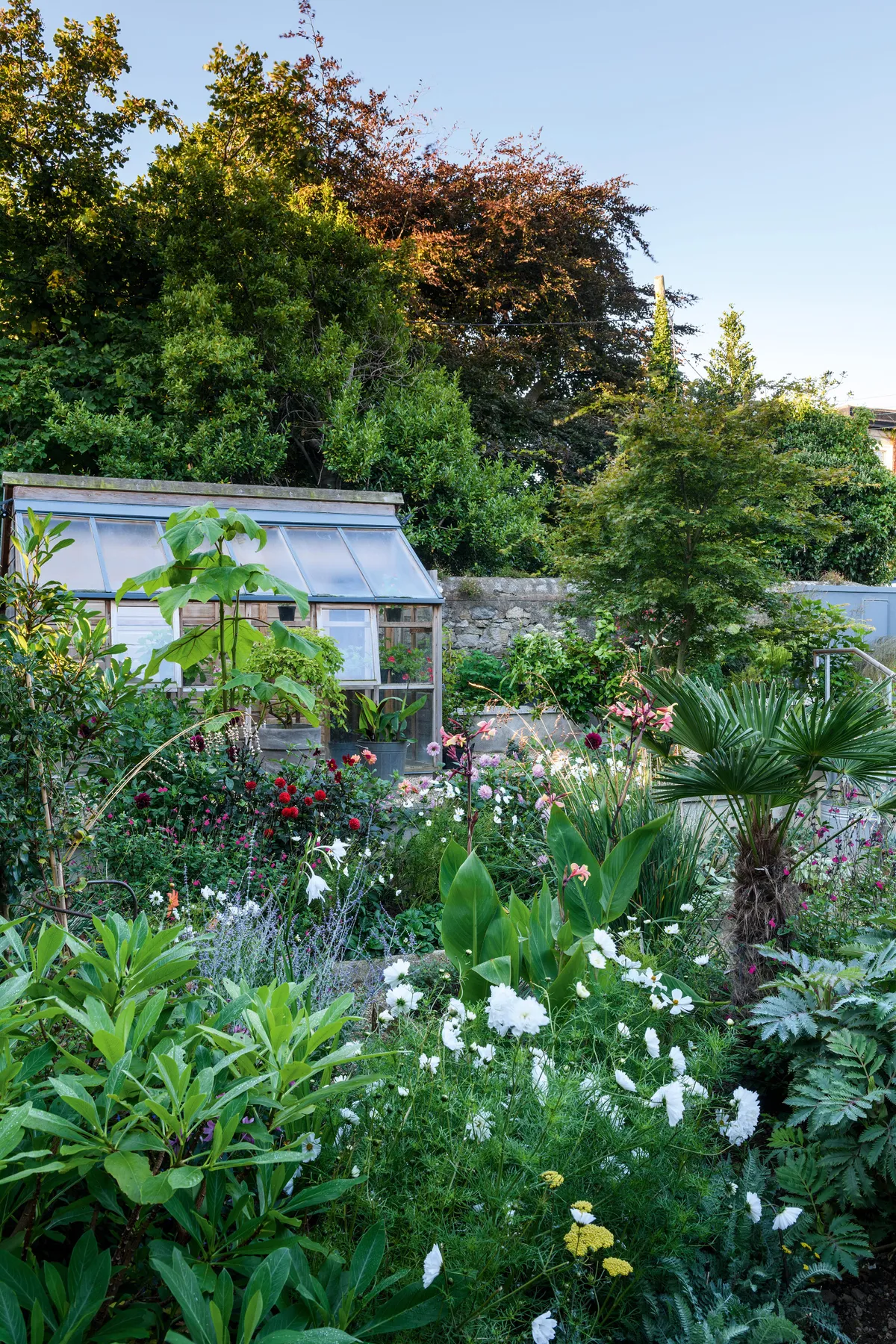
Hagenia abyssinica, with its statuesque foliage, is another of those ultra-rare and special plants that enjoy the new garden. Melianthus and Dendromecon rigida, which might be floored by the cold elsewhere, form large, permanent shrubs here. Another corner holds the spectacular Phymosia umbellata, a commanding shrub with large, vine-like foliage and dark-red flowers. Spires of Lobelia tupa project up above the sea of dahlias and cosmos. Happily, the wonderful celmisias and slipper orchids have also found their way to Dun Mhuire from Sandford Road.
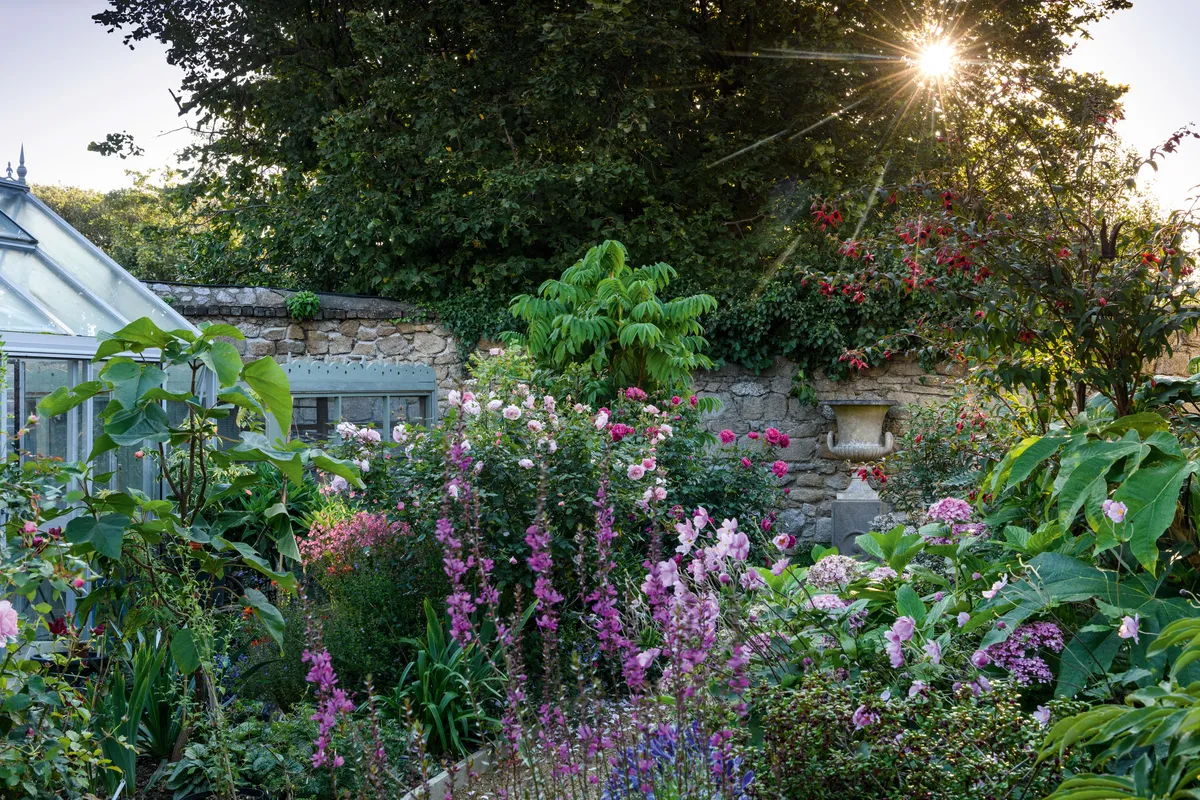
Characteristic of Helen’s planting style, the rare and unusual mingle with the familiar and more tolerant, and all plants are grown to perfection. It is a no-holds-barred style that exudes passion and confidence. Large, bold exotics such as cannas and Tetrapanax jostle with the delicate blooms of roses, border phlox and hydrangeas. Dun Mhuire may be smaller than Helen’s previous garden, but it is every bit the gardener’s paradise.
Useful Information
Address The Dillon Garden, Dun Mhuire, Seafield Avenue, Monkstown, Co Dublin,
Ireland A94 X2R1. Tel +353 (0)1 214 8740
Web dillongarden.com
Open Please check the website for up-to-date information on visiting the garden
